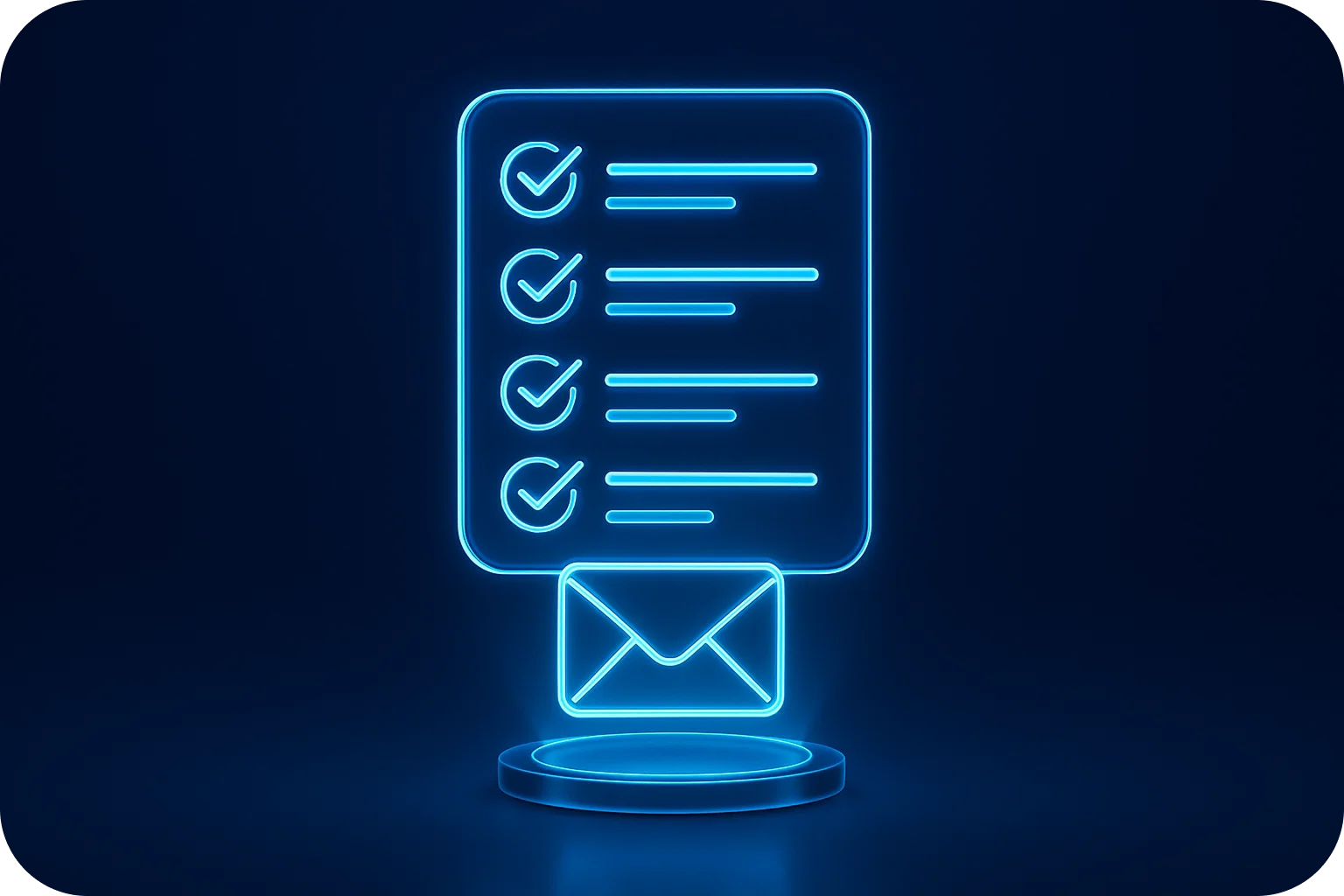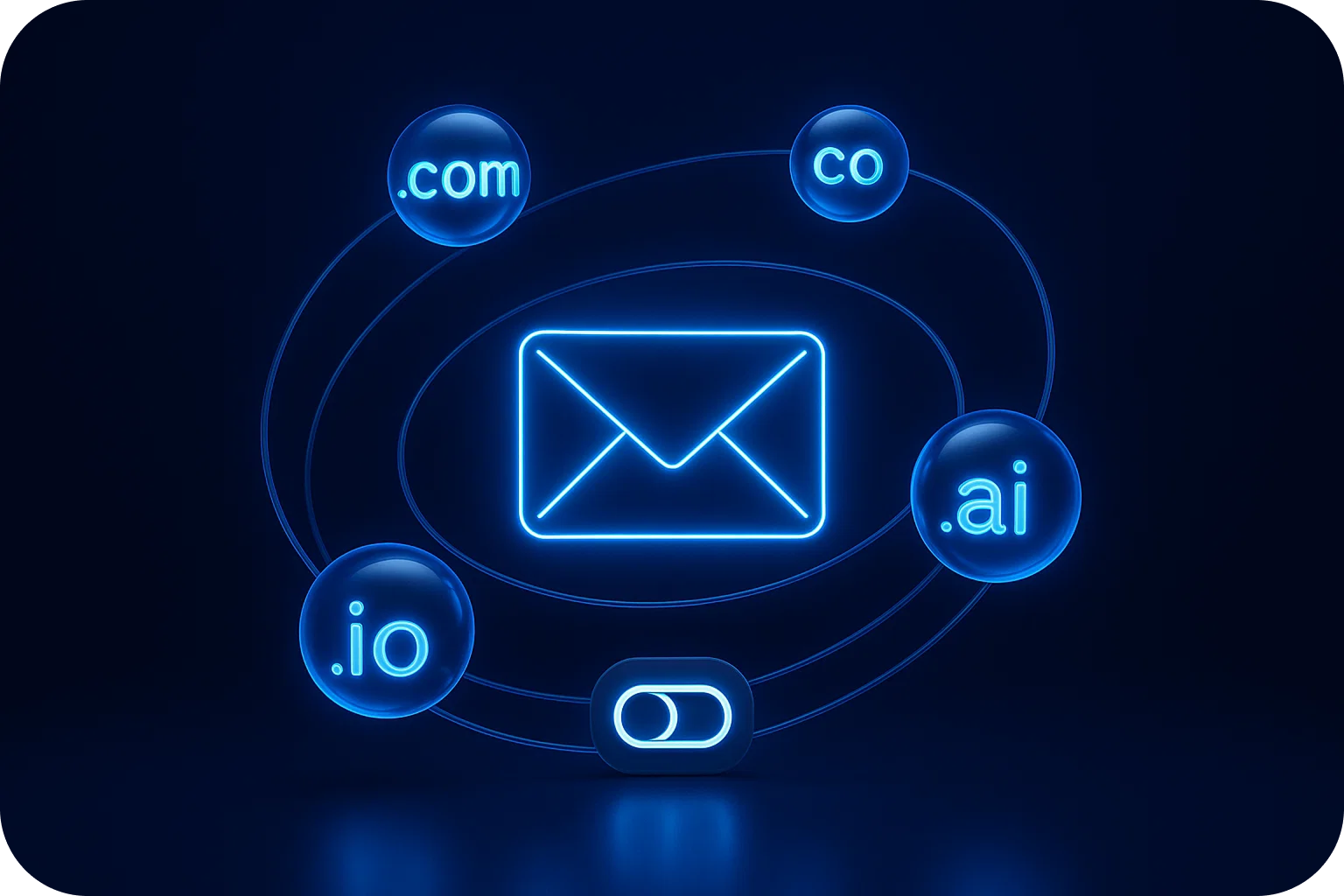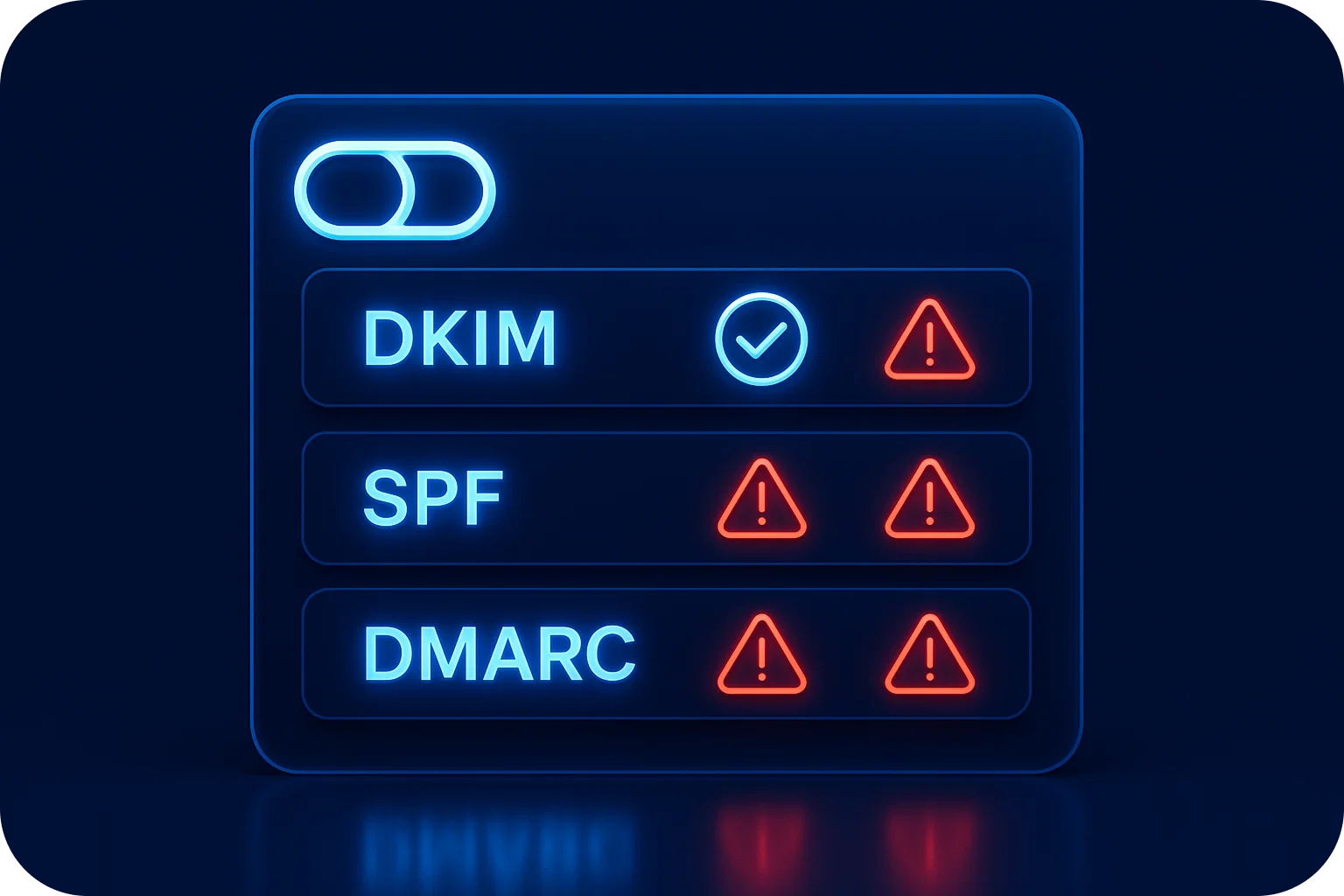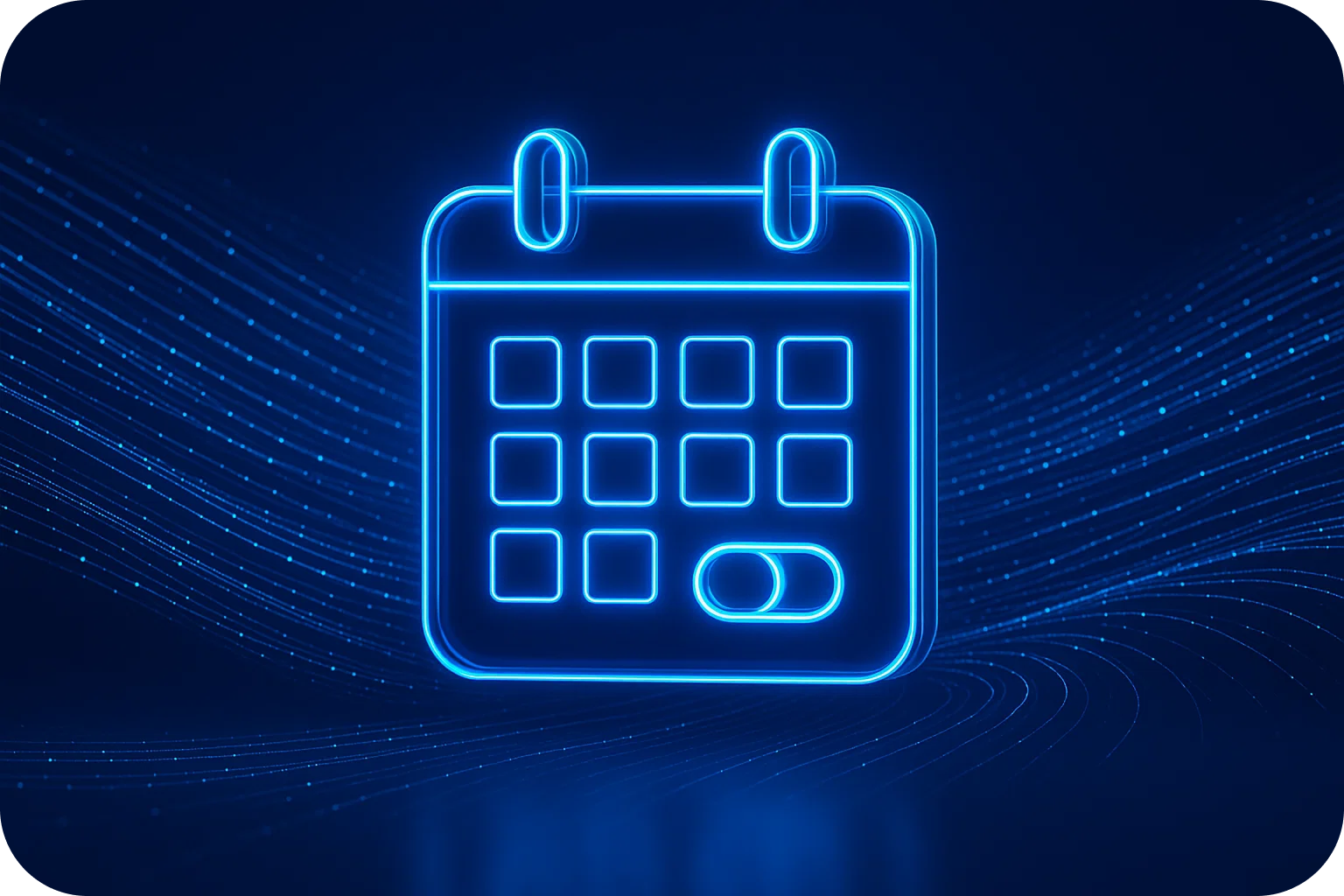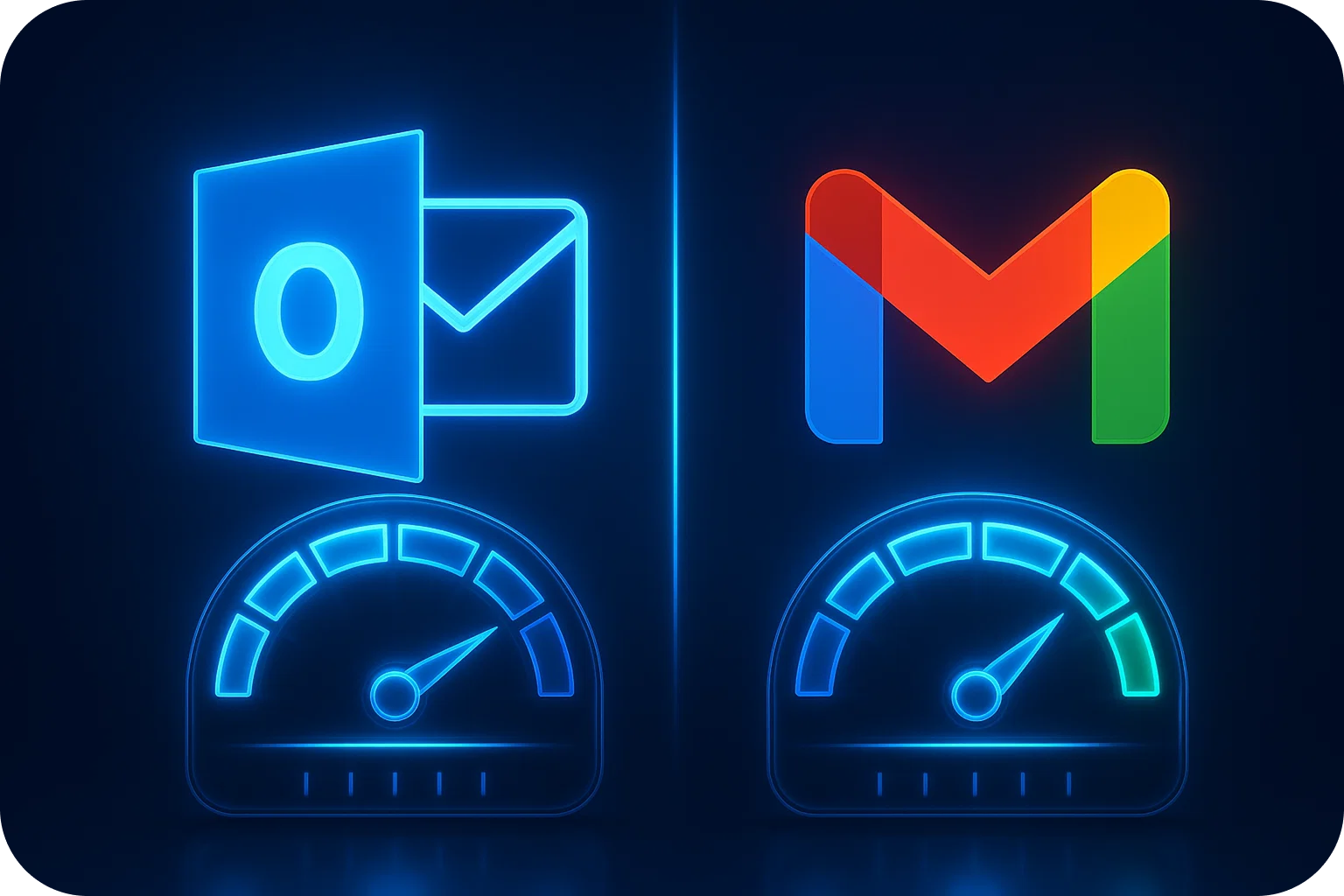Cold Email in 2025: Why 99% of Businesses Are Doing It Wrong (And How to Fix It)
.png)
Cold email remains one of the most powerful growth strategies for startups and sales teams in 2025. Yet despite its potential, 99% of businesses are sabotaging their own campaigns before they even hit send.
The result? Emails landing in spam, damaged sender reputations, wasted budgets, and missed revenue opportunities. If your cold email campaigns aren't delivering the results you expected, you're not alone, and more importantly, it's fixable.
In this guide, we'll expose the critical mistakes killing your cold email performance and show you exactly how to fix them using proven tactics that drive real results.
The Cold Email Crisis: What's Actually Happening
Here's the uncomfortable truth: most cold emails never reach the inbox. According to recent deliverability data, the average cold email campaign achieves only 60-70% inbox placement rates. That means 30-40% of your carefully crafted messages are disappearing into spam folders, never to be seen.
But it gets worse. Even among emails that do reach the inbox, open rates hover around 20-30%, and response rates typically fall below 5%. For businesses relying on cold email for growth, these numbers represent a massive lost opportunity.
The question is: why are so many businesses struggling with cold email in 2025?
Mistake #1: Ignoring Email Infrastructure
The biggest mistake businesses make is treating cold email like a software problem when it's actually an infrastructure problem.
Most companies approach cold email by signing up for an outreach tool, importing a list, and hitting send. They completely overlook the foundation that determines whether their emails will ever reach the inbox: their email infrastructure.
Why This Kills Your Campaigns
Email service providers like Gmail and Outlook use sophisticated algorithms to evaluate sender reputation. When you send cold emails from poorly configured domains or new email accounts without proper warm-up, you immediately trigger spam filters.
Common infrastructure mistakes include:
- Sending from your primary business domain (risking your entire company's email reputation)
- Using a single email account for high-volume outreach
- Skipping proper DNS configuration (SPF, DKIM, DMARC records)
- Neglecting email warm-up protocols
- Exceeding safe sending limits per inbox
How to Fix It
Build a dedicated cold email infrastructure that protects your primary domain while maximizing deliverability:
- Use separate domains for cold outreach to isolate reputation risk
- Distribute sending volume across multiple email accounts (recommended: 3-5 inboxes per domain)
- Configure DNS records properly with SPF, DKIM, and DMARC authentication
- Warm up new inboxes for 3-4 weeks before full-scale sending
- Respect sending limits: maximum 100 emails per inbox per day (recommended: 20 per day)
Professional cold email infrastructure platforms can automate this entire process, reducing implementation time from weeks to minutes while maintaining enterprise-grade deliverability.
Mistake #2: Scaling Too Fast, Too Soon
Once businesses discover cold email works, they immediately try to scale, and that's when everything breaks.
The mistake? Attempting to send thousands of emails per day from a handful of inboxes without proper infrastructure. Email providers interpret this sudden volume spike as spam behavior, tanking your sender reputation overnight.
Why This Kills Your Campaigns
Email service providers track sending patterns. A new domain or inbox that suddenly starts sending high volumes triggers automatic spam classification. Once your reputation is damaged, recovery takes months, if it's possible at all.
How to Fix It
Scale your cold email operations strategically:
- Start small: Begin with 10-20 emails per inbox per day
- Add infrastructure as you grow: Want to send 1,000 emails per day? You need 10-15 properly configured inboxes
- Monitor deliverability metrics: Track inbox placement rates, spam complaints, and bounce rates
- Maintain consistent sending patterns: Avoid sudden volume spikes
The businesses achieving 100x cold outreach scaling in 2025 aren't using magic tactics they're using proper infrastructure that allows them to distribute volume across dozens or hundreds of inboxes while maintaining 96-98% inbox placement rates.
Mistake #3: Treating All Email Providers the Same
Not all email providers are created equal for cold outreach. Many businesses default to whatever email service they're already using, without considering deliverability implications.
Why This Kills Your Campaigns
Different email providers have different spam filtering algorithms, reputation systems, and sending limits. Using the wrong provider or relying on a single provider limits your deliverability potential and creates single points of failure.
How to Fix It
Diversify your email provider strategy:
- Use multiple providers: Combine Google Workspace, Microsoft 365, and shared IP options
- Match providers to recipients: Gmail accounts often have better deliverability to Gmail recipients
- Consider dedicated IPs for high-volume enterprise sending
- Test and optimize: Monitor which providers deliver the best inbox placement for your specific audience
Advanced cold email operations use a mix of email providers to maximize deliverability across different recipient domains while maintaining cost efficiency.
Mistake #4: Neglecting Deliverability Management
Most businesses set up their cold email campaigns and then forget about deliverability until something breaks. By then, the damage is done.
Why This Kills Your Campaigns
Email deliverability isn't set-it-and-forget-it. Sender reputation fluctuates based on engagement rates, spam complaints, bounce rates, and dozens of other factors. Without active monitoring and management, deliverability gradually degrades, often without you noticing until response rates plummet.
How to Fix It
Implement continuous deliverability management:
- Monitor inbox placement rates across Gmail, Outlook, Yahoo, and other providers
- Track engagement metrics: Opens, clicks, replies, and spam complaints
- Maintain email warm-up even after the initial ramp-up period
- Clean your lists regularly: Remove bounces and unengaged contacts
- Rotate inboxes: Rest underperforming accounts and introduce fresh ones
The businesses maintaining 98% deliverability rates aren't lucky; they're actively managing their email infrastructure with the same rigor they apply to other critical business systems.
Mistake #5: Choosing Tools Over Infrastructure
The cold email market is flooded with outreach tools promising easy results. Most businesses invest in these tools without first building the infrastructure those tools depend on to work effectively.
Why This Kills Your Campaigns
Outreach tools are only as good as the infrastructure behind them. The best email sequences, personalization, and follow-up automation mean nothing if your emails land in spam. Yet businesses spend thousands on outreach software while neglecting the $3-5 per inbox infrastructure investment that actually determines deliverability.
How to Fix It
Prioritize infrastructure before tools:
- Build your foundation first: Establish proper email infrastructure with multiple domains and inboxes
- Then add outreach tools: Connect platforms like Instantly, Lemlist, or Smartlead to your infrastructure
- Integrate with AI SDR agents: Modern infrastructure supports automation tools like Luna and 11x
- Ensure compatibility: Choose infrastructure that integrates with your preferred outreach tools
Think of it this way: outreach tools are the car, but email infrastructure is the road. You need both, but the road comes first.
Mistake #6: DIY Infrastructure Management
Some businesses recognize the importance of email infrastructure and attempt to build it themselves. While this seems cost-effective initially, it quickly becomes a time and resource drain.
Why This Kills Your Campaigns
Building and maintaining cold email infrastructure requires:
- Purchasing and configuring multiple domains
- Setting up dozens of email accounts across different providers
- Configuring complex DNS records for each domain
- Implementing and monitoring warm-up protocols
- Managing ongoing deliverability across all accounts
- Troubleshooting technical issues as they arise
For most businesses, this represents weeks of technical work upfront, plus ongoing management overhead. The opportunity cost alone far exceeds the cost of professional infrastructure solutions.
How to Fix It
Leverage specialized infrastructure platforms that handle the technical complexity:
- 10-minute implementation instead of weeks of manual setup
- Automated deliverability management instead of constant monitoring
- Enterprise-grade security without building it yourself
- Expert support when issues arise
- Scalability on demand without manual provisioning
The businesses winning with cold email in 2025 aren't spending their time managing email infrastructure; they're focusing on strategy, messaging, and closing deals while their infrastructure runs automatically in the background.
The Right Way to Do Cold Email
Now that you understand what not to do, here's the proven framework for cold email success in 2025:
Step 1: Build Proper Infrastructure
Start with a solid foundation of properly configured domains, email accounts, and DNS records. Use multiple email providers to maximize deliverability and minimize risk.
Step 2: Implement Warm-Up Protocols
Warm up all new inboxes for 3-4 weeks before sending cold emails. Gradually increase sending volume while maintaining high engagement rates.
Step 3: Distribute Sending Volume
Never send more than 20 emails per inbox per day (maximum 100). Use 3-5 inboxes per domain and scale by adding more infrastructure, not by increasing per-inbox volume.
Step 4: Monitor and Optimize Deliverability
Track inbox placement rates across all major email providers. Aim for 96-98% inbox placement. If deliverability drops, diagnose and fix issues immediately.
Step 5: Integrate with Outreach Tools
Once your infrastructure is solid, connect it to your preferred outreach tools or AI SDR agents. Let automation handle the sending while your infrastructure ensures deliverability.
Step 6: Scale Strategically
As your campaigns prove successful, scale by adding more infrastructure—more domains, more inboxes, more providers. Maintain the same per-inbox sending limits while multiplying your total capacity.
Real Results: What Proper Infrastructure Delivers
Businesses that fix these mistakes and implement proper cold email infrastructure see dramatic improvements:
- 96-98% inbox placement rates across Gmail, Outlook, Yahoo, and other providers
- 100x scaling capacity while maintaining deliverability and pricing efficiency
- 10-minute implementation instead of weeks of technical work
- Consistent, predictable results that support reliable revenue forecasting
- Protected primary domains with isolated reputation risk
These aren't theoretical benefits, they're the results achieved by over 2,000 businesses worldwide who've fixed their cold email infrastructure.
Your Next Steps
If you're serious about making cold email work for your business in 2025, start by auditing your current approach against the mistakes outlined in this guide.
Ask yourself:
- Do I have a dedicated cold email infrastructure separate from my primary domain?
- Am I distributing sending volume across multiple properly configured inboxes?
- Have I implemented proper DNS configuration and warm-up protocols?
- Am I actively monitoring and managing deliverability?
- Can I scale my sending volume without risking my sender reputation?
If you answered "no" to any of these questions, you're likely making one or more of the critical mistakes that are limiting your cold email results.
The good news? These mistakes are fixable. With the right infrastructure foundation, you can transform cold email from a frustrating, inconsistent channel into a reliable, scalable growth engine for your business.
The businesses dominating cold email outreach in 2025 aren't using secret tactics or magic formulas. They're simply doing the fundamentals right, starting with proper email infrastructure that ensures their messages actually reach the inbox.
Stop leaving money on the table. Fix your cold email infrastructure, and watch your results transform.
More articles
Get started now




%201.png)

